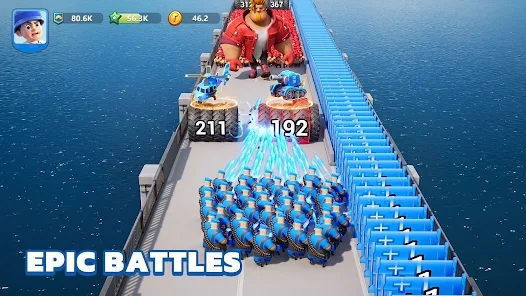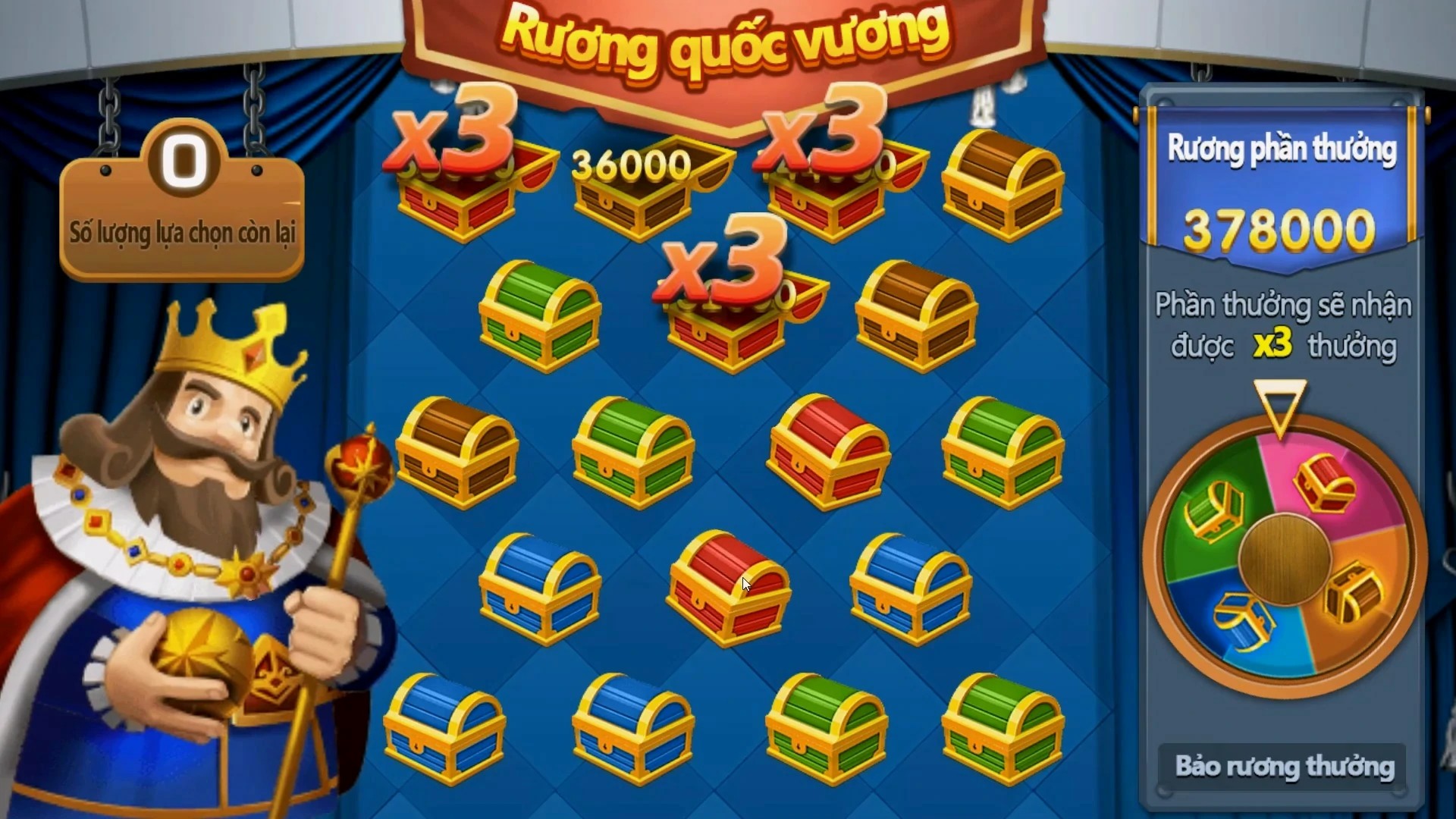If you're into offline adventures with immersive worlds and deep storytelling then look no further. Here's the cream of the crop for mobile role-playing titles playable even on the longest commutes or during unexpected network blackouts.
Why RPG Lovers Crave Single-player Freedom
In a landscape overflowing with connectivity-dependent multiplayer mayhem it might surprise you how many crave the introspective escape only single-player narratives provide. Some players prefer pacing through lore-filled quests while seated alone in public spaces others savor diving into complex decision-making trees that aren't subject to clan debates or real-time player interventions. The magic resides in experiencing stories unfold through self-paced exploration. Imagine discovering a secret chamber hidden within pixelated catacombs with zero risk someone else has already claimed its contents online. There’s nothing quite like those solitary gaming moments where every revelation feels exclusively yours.


| Feature Category |
Differentiator (Single-Player vs Multiplayer) |
| Pace & Discovery Rate |
Controlled by player's rhythm versus server-driven events |
| Story Interpretation |
Possibility to form unique personal interpretations independently |
| Milestone Celebrations |
Vicories feel exclusively earned rather than shared accomplishments |
Besiege: Siegecraft Beyond the Grids
- Mechanical depth: Over fifty moving parts and modular assembly
- Rampart defense modes function surprisingly well offline once downloaded
- Tactical experimentation becomes endless once Wi-Fi drops away unexpectedly during train tunnel commutes
- Mobility note: Avoid running simulations on ancient hardware; mid-range devices work wonders
When most modern experiences demand constant pings and syncs Beshigle stands as an oddly satisfying anomaly—requiring zero cloud saves yet providing mechanical complexities usually reserved for Steam-era simulation titles. It runs like a charm without cellular connections despite housing expansive physics playgrounds filled with siege weapons. Yes you heard that right medieval engineering can absolutely be explored entirely offline if your device supports initial asset downloads without glitches. Just be ready to embrace some trial-and-error. While crafting catapult mechanics seem intuitive certain hinge combinations produce unintentionally comical failures—but honestly isn’t that kind of mechanical madness what makes this whole venture worthwhile anyway?
Era Kingdoms - A Blend Of Classic And Modern Gameplay
| Type of Content |
Storage Requirement per Quest Episode |
Suitable Storage Capacity |
| Base Storyline Episodes |
830 MB |
iOS Devices (3GB free required at minimum) |
| Season Expansions |
950MB |
Internal Storage >6GB Available |
| Faction Campaign Packs |
570 MB / pack |
Around two gigs sufficient post-main storyline install |
Gungeon Diggerz Reloaded (With Optional Mod Support)
Ever found yourself wondering why procedurally-generated bullets deserve bullet-hell status inside a dungeon shooter? This rogue-like fusion combines RPG character progression systems with randomized room design loops across hundreds of descending gun-mechanical levels. Pro tip: Want extended gameplay without touching mobile data plans? Look for mod packs allowing quest rerouting possibilities. Several third-party builders keep adding alternative ending paths never envisioned during initial launches.
Key Note On Mod Compatibility: Ensure file integrity validation checks pass when applying custom maps. Certain modified content injectors require reauthentication even without net access present.
Survival Craft Mechanics In Island Explorer Reborn 2
Contrary to typical survival titles this
game prioritizes slow world shaping over rapid resource farming panic. Harvesting tools don’t auto-collect endlessly forcing thoughtful planning for each tree chop. Water purification must precede any meal prep preventing instant refuel routines. Here’s something peculiar: Unlike most clones this rebuild encourages architectural experimentation by integrating terraforming mechanics typically seen only in building sandboxes not survival games. Build sturdy watchtowers overlooking wild banana plantations. Construct aqueduct replicas using hand-gathered stone blocks. Every creation serves both practical shelter purposes and mood-setting scenery enhancements making progress tangibly fulfilling whether or not other human witnesses see it immediately. But don't expect push notifications for new achievements here. The lack of social media integration works as blessing or curse depending upon personality—proving again how deeply these solo-play focused experiences differ from traditional mobile MMO models which rely solely on network effects for retention strategies.
Faerie Quest Legends - Artistry Over Analytics?
This gem leans heavily into story-centric choices that branch unpredictably—sometimes leading directly towards premature bad ends unless subtle environmental cues get picked up beforehand. What sets it apart? No intrusive timers dictating daily rituals no energy mechanics artificially prolonging encounters. Instead there's rich prose dialogue systems and painterly landscapes demanding closer inspection through interactive touch navigation. It feels less like playing phone software more akin exploring story-bound scrolls where choices genuinely alter outcomes beyond cosmetic gear differences. Think of it this way: You wouldn't want AI generating poetic side characters with soulful backstories would you? Precisely why the writers crafted them manually creating emotional engagement patterns usually lacking in fast-food
game designs targeting hyper casuals through automated level generators.
Nostalgia Drags Us Back Into Final Empire Origins
Ah yes—the isometric combat returners’ haven packed densely populated ruins ripe for scavenging between battles against corrupted knights and twisted golems. While newcomers may initially confuse it with classic party management sims seasoned tacticians know the UI shines far clearer especially when toggling formations under pressure. Here’s the kicker—it still respects original turn-order systems but streamlines menu complexity significantly compared against old DOSBOX versions circulating among emulator collectors chasing childhood vibes long forgotten elsewhere outside retro console circles today. But perhaps best feature lies in saving flexibility—even mid-fight snapshots count so retreating won't lose battle preparations if incoming messages interrupt intense clashes. Which believe or not gets incredibly rare among offline-focused titles trying preserving continuity without compromising save states accessibility.
Ruins Keeper II: Balancing Defense And Destruction
What strange alchemy blends tower defen construction elements with necromancer spell-casting options here? At face value the sequel appears like a straightforward remake but once diving beyond basic tutorial zones it throws curveballs through terrain manipulations requiring simultaneous trap placements defensive posture changes based on invading mob compositions plus magical counterattacks selection layers layered on strategic micro decisions amidst grand-scale base management. Yes we said simultaneously—that’s no small feat given average mobile touchscreen responsiveness limitations. However after brief habituation periods the gesture control schemes reveal elegance hidden beneath first impressions resembling standard click-through simulators before deeper systems unveil gradually overtime. Bonus Points: • Offline play means undisturbed strategizing practice sessions without fearing interrupted raids • Map editor enables constructing elaborate death courses mimicking classic horror houses if one desires macabre architecture So unleash inner torment master designer! Just make sure nobody finds out you spent hours designing elaborate pitfall sequences when they ask what weird thing you’ve been obsessively working on recently.



